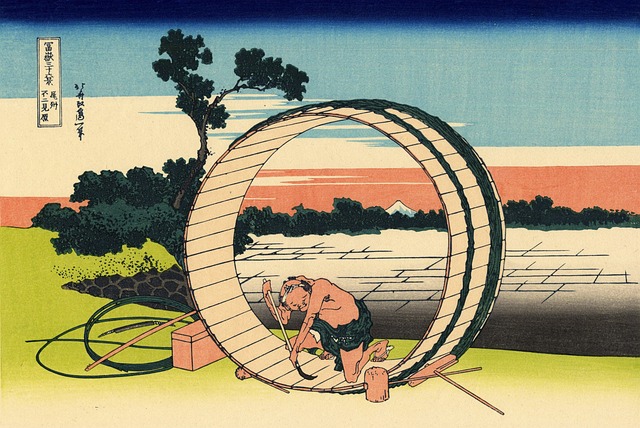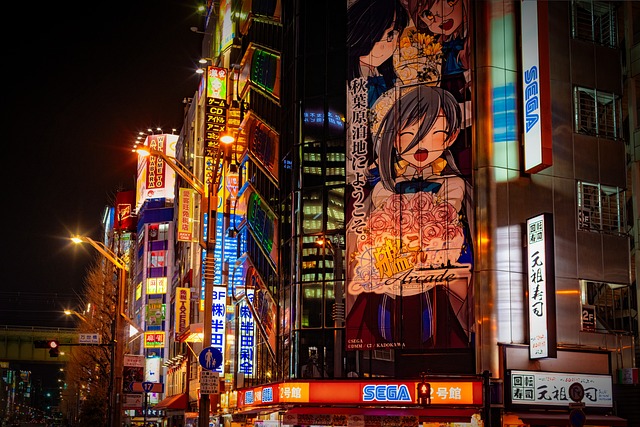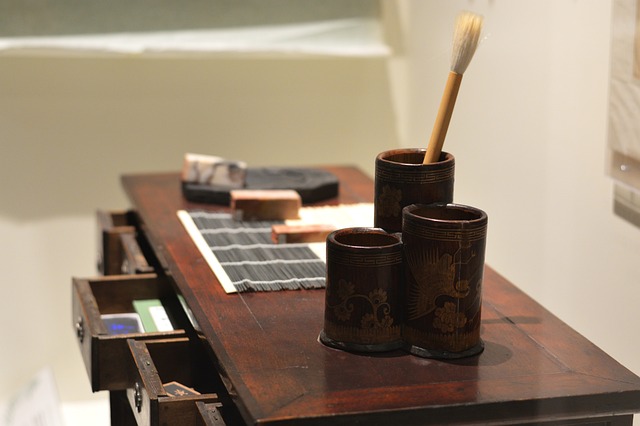
The traditional arts of Japan are incredible. Wood block prints like the Hokusai octopus have been spread around the world. And now they make anime too.
Japan is a land steeped in tradition, and its art is no exception. For centuries, Japanese artists have been creating works of art that reflect the beauty of nature, the complexity of the human experience, and the unique cultural identity of this island nation.
The Woodblock Print
One of the most famous types of Japanese art is the woodblock print. These prints were made by carving a design into a wooden block, applying ink to the block, and then pressing it onto paper. The resulting image was often a vibrant, colorful work of art that captured the essence of Japanese life and culture. One of the most famous of these prints is “The Great Wave off Kanagawa” by Hokusai.
Anime
Another type of Japanese art that has gained international recognition is anime. This genre of animation is known for its use of vibrant colors, exaggerated expressions, and fantastical storylines. Anime has become a global phenomenon, with millions of fans around the world tuning in to watch their favorite shows.
Anime is a type of Japanese art that has gained immense popularity and international recognition. This genre of animation is known for its unique and diverse storytelling, with a focus on fantastical and often surrealistic narratives that incorporate a wide range of themes, including adventure, romance, science fiction, and horror.

One of the defining characteristics of anime is its use of vibrant colors, detailed animation, and exaggerated facial expressions to create an immersive and visually stunning experience for viewers. Anime is also recognized for its ability to evoke intense emotions, and its ability to capture the complexities of human nature in both its characters and storylines.
Over the years, anime has become a global phenomenon, with millions of fans around the world tuning in to watch their favorite shows. Anime has become a part of mainstream pop culture, and its influence can be seen in various media, including movies, television shows, video games, and comics.
Anime has also had a significant impact on the global economy, with anime-related merchandise, such as figurines, posters, and clothing, becoming highly sought after by fans worldwide. Additionally, the popularity of anime has led to the growth of anime conventions, which attract thousands of attendees every year.
Traditional Arts
But anime is just one aspect of Japanese art. Other forms include calligraphy, ceramics, lacquerware, and textiles. Each of these art forms has its distinct style, reflecting the culture and history of Japan.

Calligraphy
Calligraphy, for example, is a form of writing that is considered an art in Japan. It’s a way of expressing oneself that combines beauty and function. The brushstrokes and characters used in calligraphy are often considered an extension of the artist’s own personality.
Ceramics
Ceramics are another popular form of Japanese art. Japan’s rich clay deposits and rich history of pottery-making have contributed to the unique style of Japanese ceramics. These works of art are known for their simplicity, elegance, and functionality.
Lacquerware is another ancient art form that has been practiced in Japan for thousands of years. This intricate process involves applying dozens of layers of lacquer to a wooden object, resulting in a smooth and durable finish. The resulting piece is often a functional object that is also a work of art.
Textiles
Finally, textiles are another important aspect of Japanese art. From traditional kimono to contemporary fashion, Japanese textiles reflect the unique culture and history of this island nation. The intricate patterns, vivid colors, and attention to detail in Japanese textiles are a testament to the skill and artistry of Japanese textile artists.
The art of Japan is a varied and rich tapestry of styles, techniques, and traditions. Whether it’s a woodblock print, a piece of anime, or a beautifully crafted pottery, each work of art is a testament to the creativity and ingenuity of the Japanese people.

